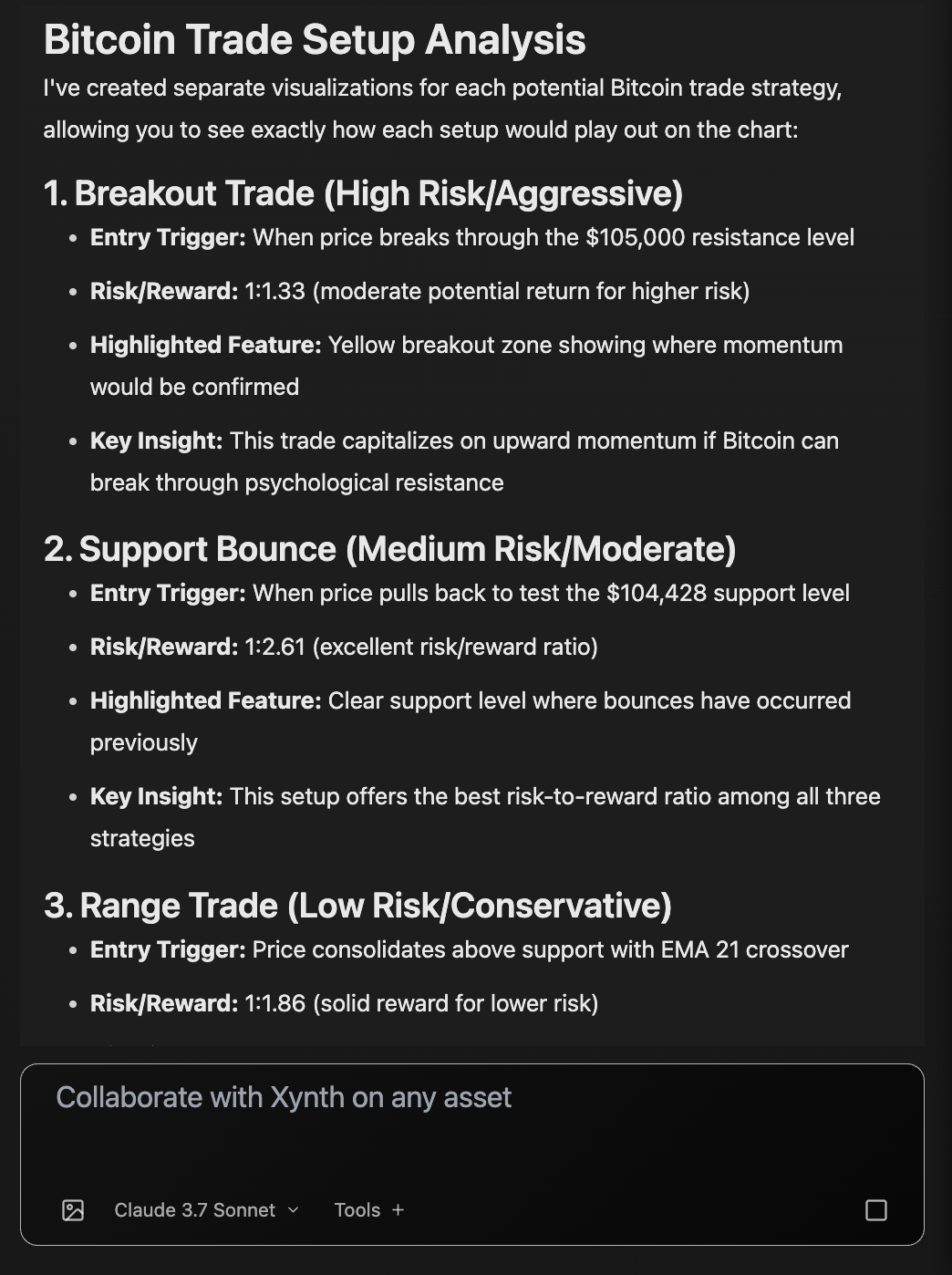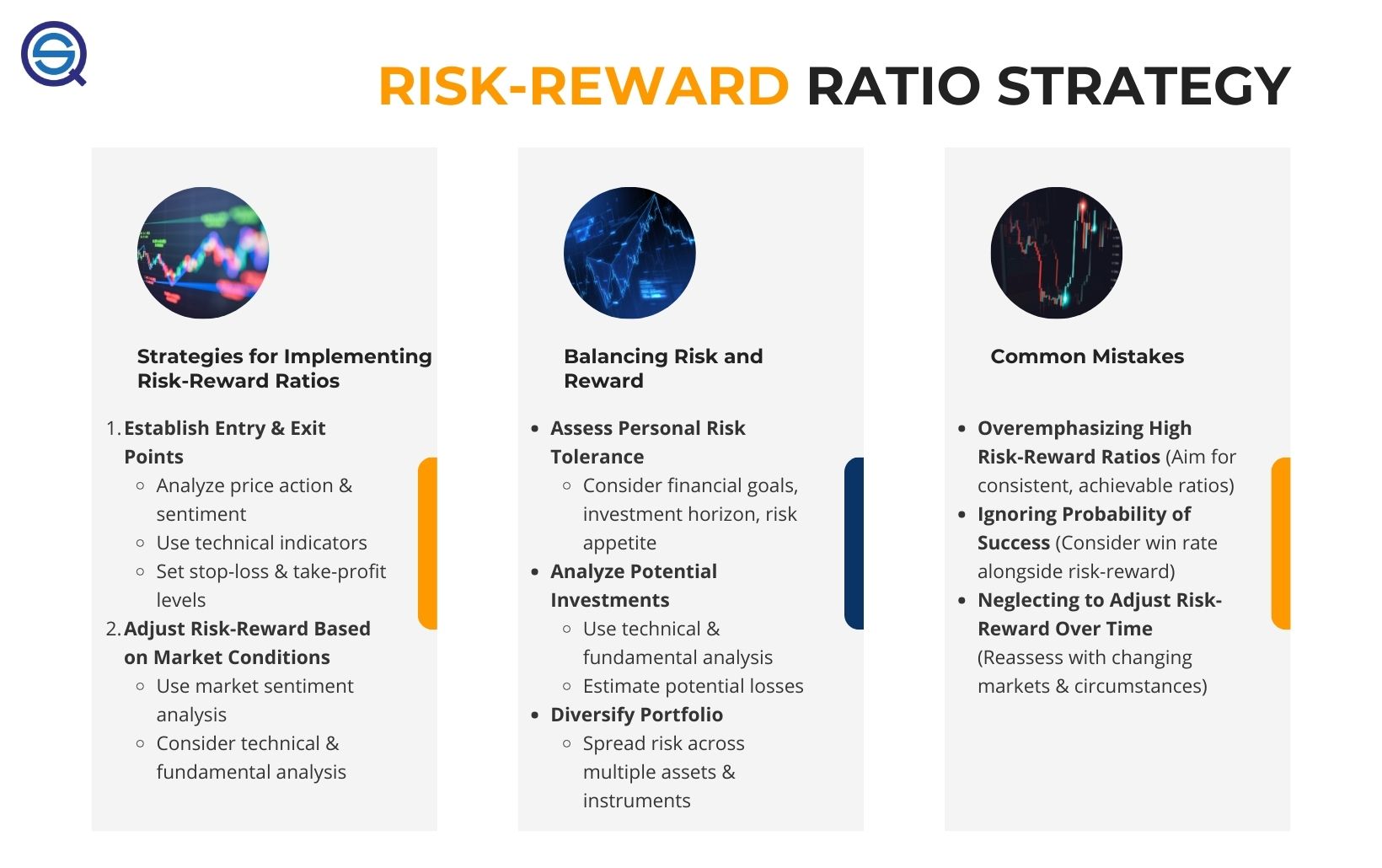Did you know that some traders think a “risk-reward ratio” is just a fancy way of ordering takeout? In reality, understanding this concept is crucial for successful day trading. This article dives into the dangers of poor risk-reward ratios, highlighting how they can severely impact profitability, lead to significant drawdowns, and erode trader confidence. We'll explore why many traders overlook these ratios, the psychological effects of inadequate risk management, and the common signs of poor practices. Additionally, we’ll discuss strategies to enhance your risk-reward ratios, the importance of stop-loss placement, and how technical analysis can play a vital role. For those looking to sharpen their trading skills, DayTradingBusiness is here to guide you through the complexities of establishing a robust trading framework.
What is a poor risk-reward ratio in day trading?
A poor risk-reward ratio in day trading is typically 1:1 or lower, meaning you're risking the same or more than you stand to gain on each trade. This setup makes it hard to be profitable over time because winning trades don't outweigh losses. For example, risking $100 to make $50 is a poor ratio, as you need more wins to break even. It increases the chance of losing money even if you hit some winning trades.
How does a bad risk-reward ratio impact trading profitability?
A bad risk-reward ratio reduces trading profitability because you need many winning trades to compensate for frequent losses. If your potential reward is small compared to the risk, even a high win rate won’t guarantee profit. It often leads to bigger losses than gains per trade, eroding your capital over time. Without a favorable ratio, consistent profitability becomes nearly impossible.
Why do traders often ignore risk-reward ratios?
Traders often ignore risk-reward ratios because they focus on potential profits or get caught up in greed, overlooking how poor ratios can lead to bigger losses. They might also underestimate the importance of setting proper stop-losses or believe they can win more often than they actually do. Sometimes, overconfidence or emotional trading pushes them to ignore these ratios, risking more on trades without considering the long-term impact.
What are the common signs of poor risk management in day trading?
Common signs of poor risk management in day trading include consistently risking too much on each trade, ignoring stop-loss orders, chasing losses, and ignoring the risk-reward ratio. Traders often hold onto losing positions too long or fail to diversify, leading to large drawdowns. You might notice overly emotional reactions to trades or a lack of a solid trading plan. These habits increase the chance of significant losses and indicate weak risk management.
How does a low risk-reward ratio increase the chance of losses?
A low risk-reward ratio means you’re risking a similar or larger amount than you stand to gain on each trade. Even with a high win rate, small profits don’t cover losses, so a few bad trades wipe out gains. Over time, this setup makes losses more likely because you need an extremely high win rate to break even, which is rarely sustainable.
What are the psychological effects of trading with a poor risk-reward setup?

Trading with a poor risk-reward setup increases stress, causes emotional swings, and fosters impulsive decisions. It leads to frustration, reduces confidence, and can cause burnout. Over time, traders may develop anxiety about losses and lose clarity, making rational judgment harder. This emotional toll can drive reckless trades, deepening losses and damaging mental health.
How can poor risk-reward ratios lead to large drawdowns?
Poor risk-reward ratios cause large drawdowns because small wins are offset by big losses, eroding capital over time. When trades risk too much for little reward, one big losing streak wipes out gains, making recovery difficult. Over time, consistently low reward relative to risk amplifies losses, leading to significant account drawdowns.
What is the relationship between risk-reward ratio and trade frequency?
A poor risk-reward ratio forces traders to take more trades to achieve consistent profits, increasing trade frequency. When the ratio is unfavorable, each successful trade must compensate for multiple losses, pushing traders to enter more trades to meet profit targets. This higher trade frequency amplifies exposure to market volatility and emotional stress, raising the risk of significant losses.
How does poor risk-reward management affect long-term trading success?
Poor risk-reward management limits profits and magnifies losses, making long-term trading unsustainable. It causes traders to take unnecessary risks, wiping out gains from successful trades. Over time, small wins get overshadowed by big losses, eroding capital. Without proper risk-reward ratios, traders can't grow their accounts steadily or recover from setbacks. It leads to emotional decision-making, increasing the chance of reckless trades and failure.
What strategies can help improve risk-reward ratios in day trading?
Use tight stop-losses to limit losses and set realistic profit targets to maximize gains. Focus on high-probability setups and avoid overtrading. Maintain disciplined position sizing and stick to your trading plan. Analyze past trades to refine entry and exit points. Prioritize risk management over chasing big wins.
Learn about How can ignoring risk-reward ratios cause trouble in day trading?
How does a poor risk-reward ratio influence trader confidence?
A poor risk-reward ratio undermines trader confidence because it makes profitable trades less likely to cover losses, leading to doubts about strategy effectiveness. When potential gains are small compared to potential losses, traders feel less secure and more hesitant, fearing they won’t recoup losses or achieve consistent profits. This imbalance can cause traders to second-guess their decisions, increase stress, and reduce their willingness to take trades. Over time, a poor risk-reward ratio erodes trust in trading setups, making traders anxious and less disciplined.
What role does stop-loss placement play in risk-reward management?
Stop-loss placement controls potential losses, ensuring risk stays within acceptable limits. It helps define the risk-reward ratio, making sure potential gains outweigh possible losses. Proper placement prevents big hits that skew the risk-reward balance, protecting your capital. Poor stop-loss placement can lead to high losses, ruining favorable risk-reward setups in day trading.
How can technical analysis help in establishing better risk-reward ratios?

Technical analysis helps identify entry and exit points, allowing traders to set precise stop-loss and take-profit levels. This improves risk-reward ratios by ensuring potential gains justify the risks taken. By analyzing chart patterns, support and resistance, and indicators, traders can avoid setups with unfavorable risk-reward profiles, reducing losses and maximizing profit opportunities.
Why is consistency important in maintaining favorable risk-reward ratios?
Consistency ensures disciplined risk management, preventing emotional decisions that can widen losses. It helps maintain favorable risk-reward ratios by sticking to predefined stop-loss and take-profit levels, avoiding impulsive trades. Without consistency, traders risk overexposing themselves on bad setups, skewing the risk-reward balance and increasing the chance of ruin. Consistent trading habits foster better analysis, leading to more reliable trades and sustained profitability.
What are the potential consequences of overtrading with a poor risk-reward setup?
Overtrading with a poor risk-reward setup can lead to significant losses, increased transaction costs, and emotional exhaustion. It often results in smaller profit margins because the potential reward doesn’t justify the frequent trades. This habit can cause capital erosion, making it harder to recover from inevitable losing streaks. Additionally, overtrading can impair judgment, leading to impulsive decisions and reduced discipline, which worsens overall trading performance.
Conclusion about Risks of Poor Risk-Reward Ratios in Day Trading
In conclusion, maintaining a favorable risk-reward ratio is crucial for successful day trading. Poor risk-reward ratios can significantly impact profitability, lead to emotional strain, and increase the likelihood of substantial losses. Addressing these issues through sound risk management strategies, effective stop-loss placement, and consistent trading practices is essential. By prioritizing a balanced approach to risk-reward dynamics, traders can enhance their confidence and improve long-term success. For more insights and guidance on optimizing your trading strategies, consider leveraging the expertise offered by DayTradingBusiness.
Sources:
- Multivariate probabilistic forecasting of electricity prices with trading ...
- Statistical arbitrage trading across electricity markets using ...
- Statistical arbitrage trading on the intraday market using the ...
- Risks and Returns of Cryptocurrency
- Excessive trading, a gambling disorder in its own right? A case study ...
- Trading volume and liquidity provision in cryptocurrency markets ...